Kyohei Watashimori and Arisa ShimizuResidents of Fukui Prefecture
Recommend Tour03
Kyohei Watashimori and Arisa ShimizuResidents of Fukui Prefecture
Recommend Tour03
A trip to Echizen City for people of various backgrounds to experience the city's cultural landscape.This time, Kyohei Watashimori and Arisa Shimizu, who live in Fukui Prefecture, will experience Echizen craftsmanship.
Echizen City is home to a variety of traditional crafts, among which “Echizen Uchihamono,”designated as a traditional craft, are favored by top chefs in Japan and around the world for their outstanding cutting ability and beauty.
In fact, they are planning to get married soon.The main purpose of this trip is to create “the one and only my knife in the world”.
The two say, “Even though we are local, there are many traditional crafts in Fukui that we don't know about”.It will be an opportunity to rediscover the charms of Fukui through the craftsmanship of “Echizen hammered blades”
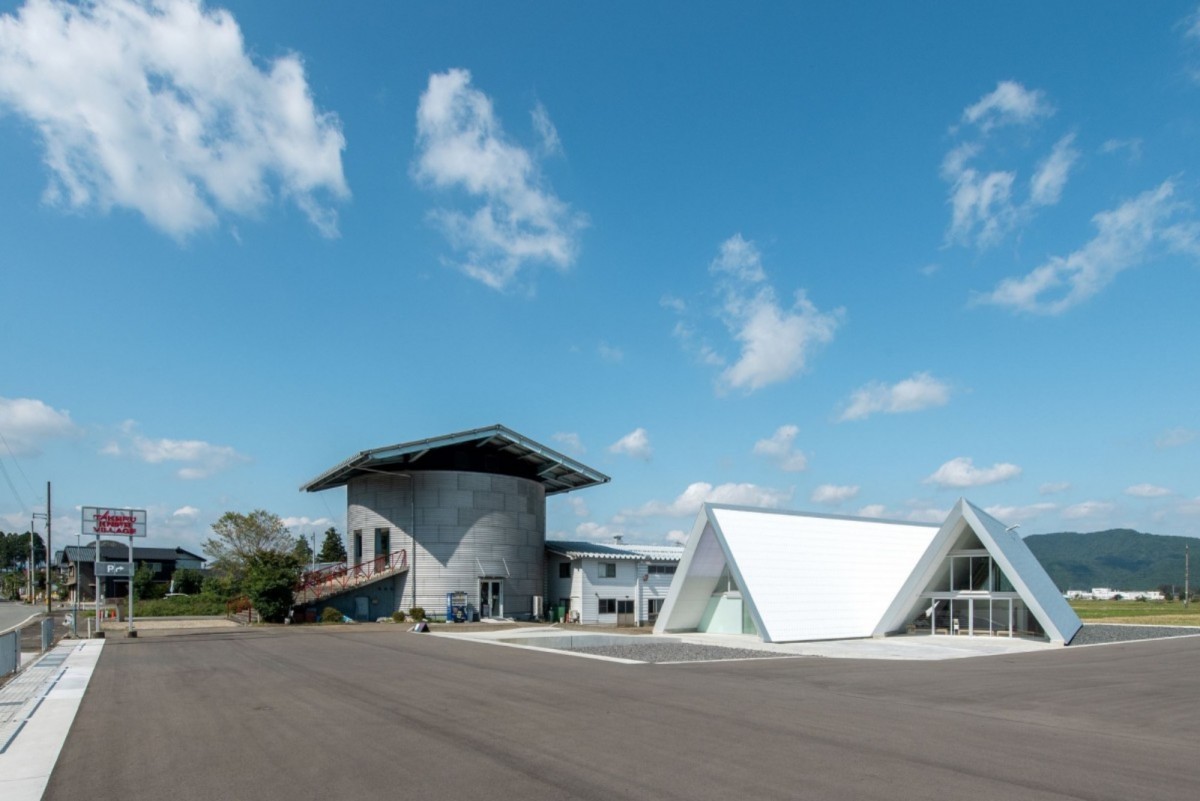
First came “Takefu Knife Village”.This is a joint workshop where craftsmen of Echizen hammered blades gather, and visitors can observe and enjoy hands-on experience of blades making.In order to make a kitchen knife for their new life together, they will learn how to sharpen knives from Mr.Yuji Totani, a traditional craftsman, and make an original kitchen knife.

First, Mr.Totani explains the structure and features of the blade.Mr. Totani is a craftsman who handles “sharpening,” which determines the sharpness of the cutlery.He is like a big brother among the craftsmen in the production area, with whom you can consult in a friendly manner about the sharpness of the blade and its maintenance.
There are various types of kitchen knives, such as steel and stainless steel, with different sharpness and characteristics.Stainless steel knives are commonly used, but many people may continue to use them without sharpening them because of their ease of handling.
"Once you learn to sharpen your knives, you will be amazed at how sharp they become, and you will enjoy cooking even more,” says Totani.Now, let's grind the blade.
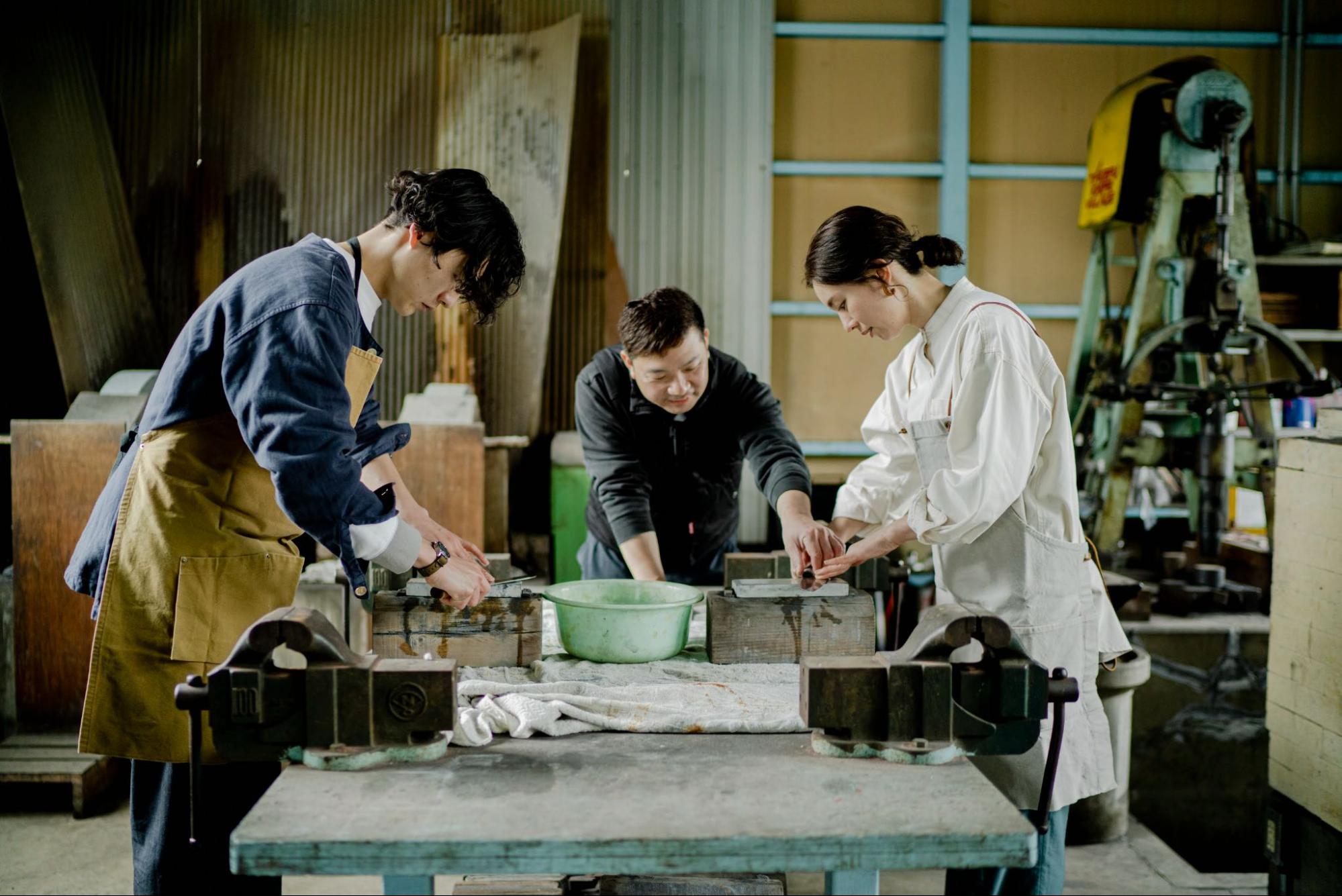
When grinding knives, hold the knife with your dominant hand and hold the center of the blade while grinding.The key is to add water a little at a time and move the cutting edge while pressing it against the grindstone.
The two first-timers who had never sharpened a knife before were awkward at first, but as the sharpened parts gradually became sharper, their movements became smoother and smoother.The grinding sound has become more rhythmic
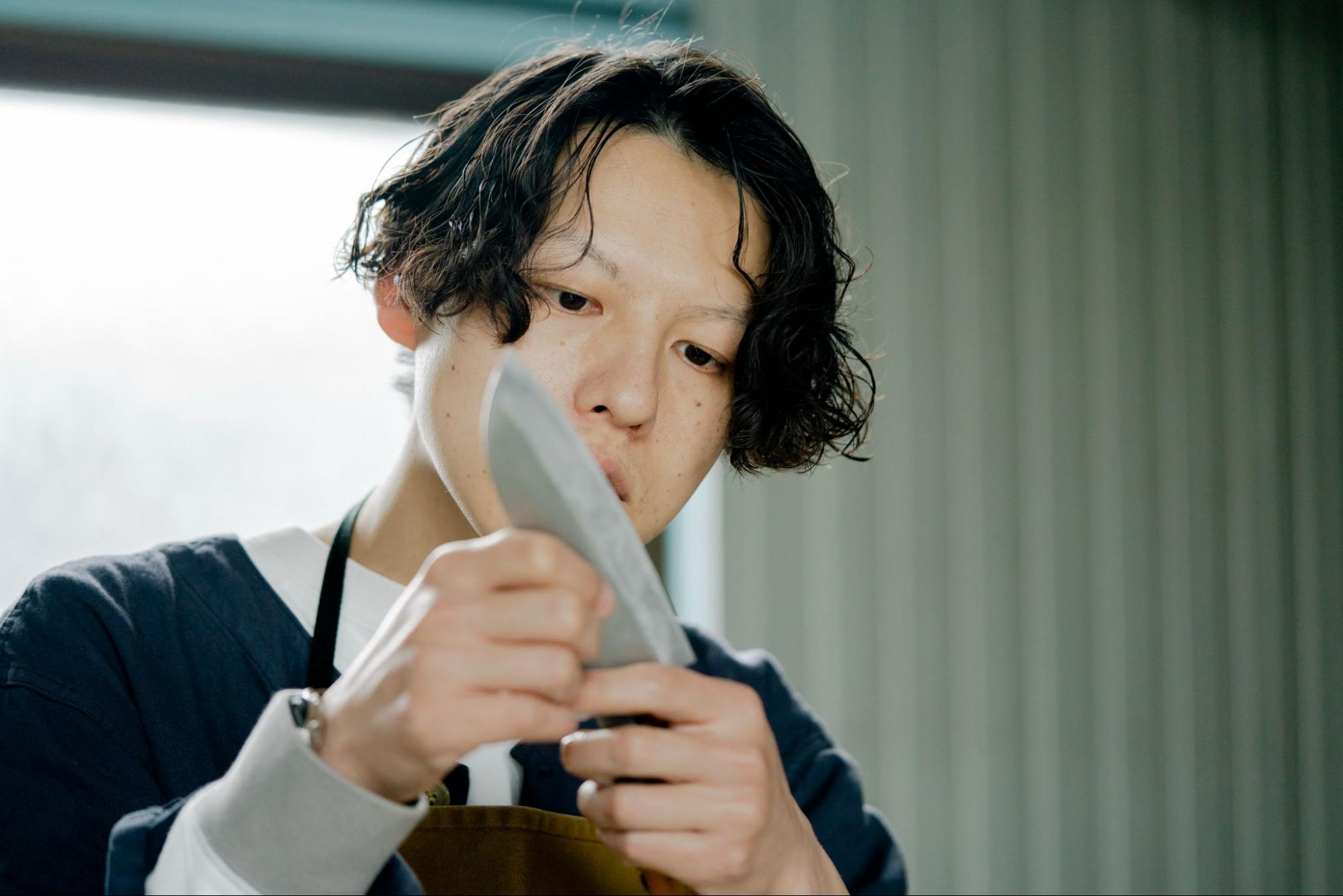
“Once I got the hang of it, it became fun,” Kyohei says.His gaze is serious as he gazes at the tip of the blade.
“Grinding is good when you need to get your mind right since we can completely zone out ” Arisa says.She also faces the blade with care and concentration.
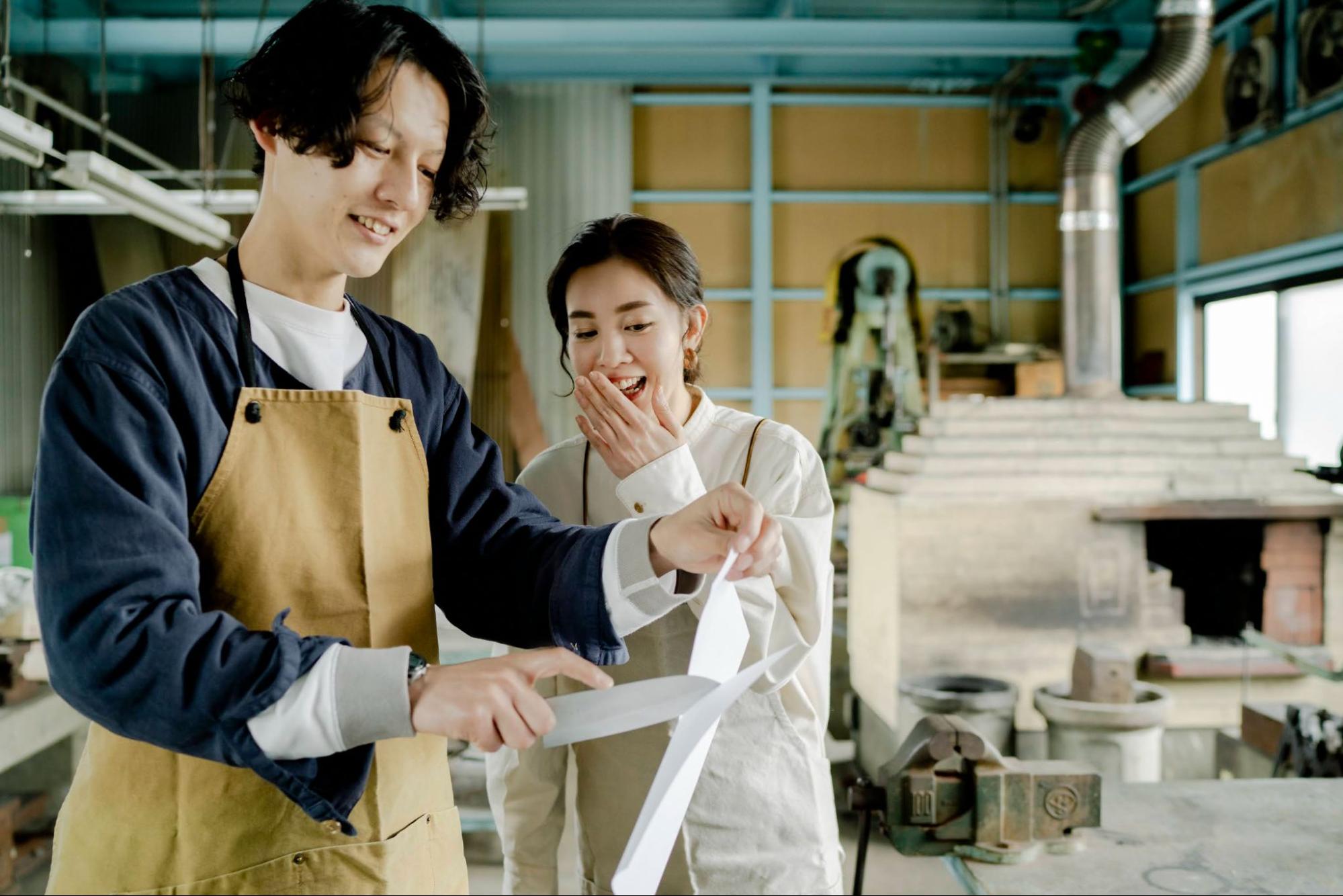
He grinds away without thinking for about 20 minutes.Test the sharpness of the blade.When the blade is applied to the paper, the paper is easily cut in half without effort.
“I can't believe how beautifully it cuts!” Arisa-san was also surprised.
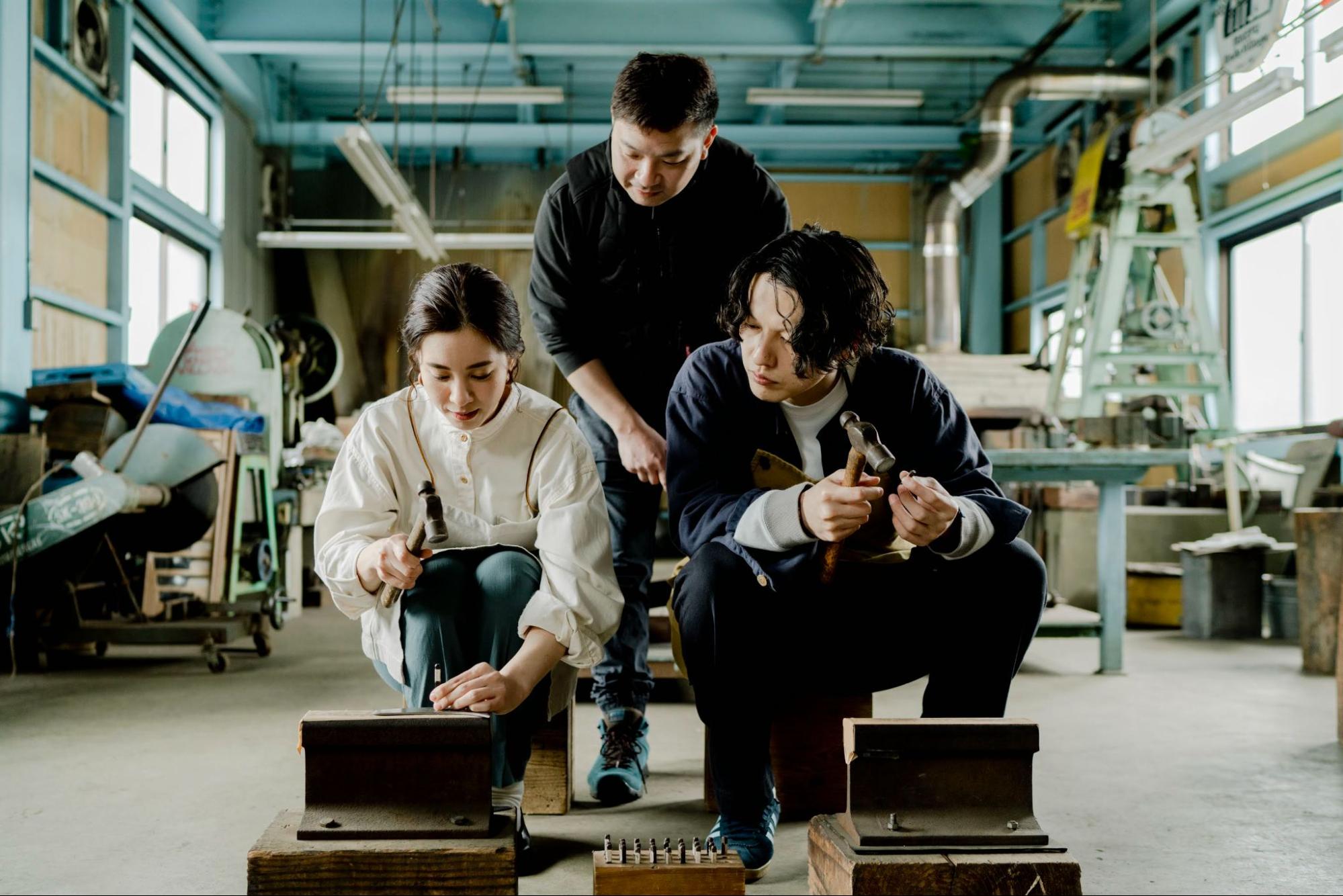
The sharpened blade can also be engraved with any characters you like.
This time, since it is their knife, they decided to engrave each name on it.One letter at a time, we also concentrate on typing.
Even if the letters are a little distorted, it is charming. The one and only kitchen knife in the world, the blade part is completed first.

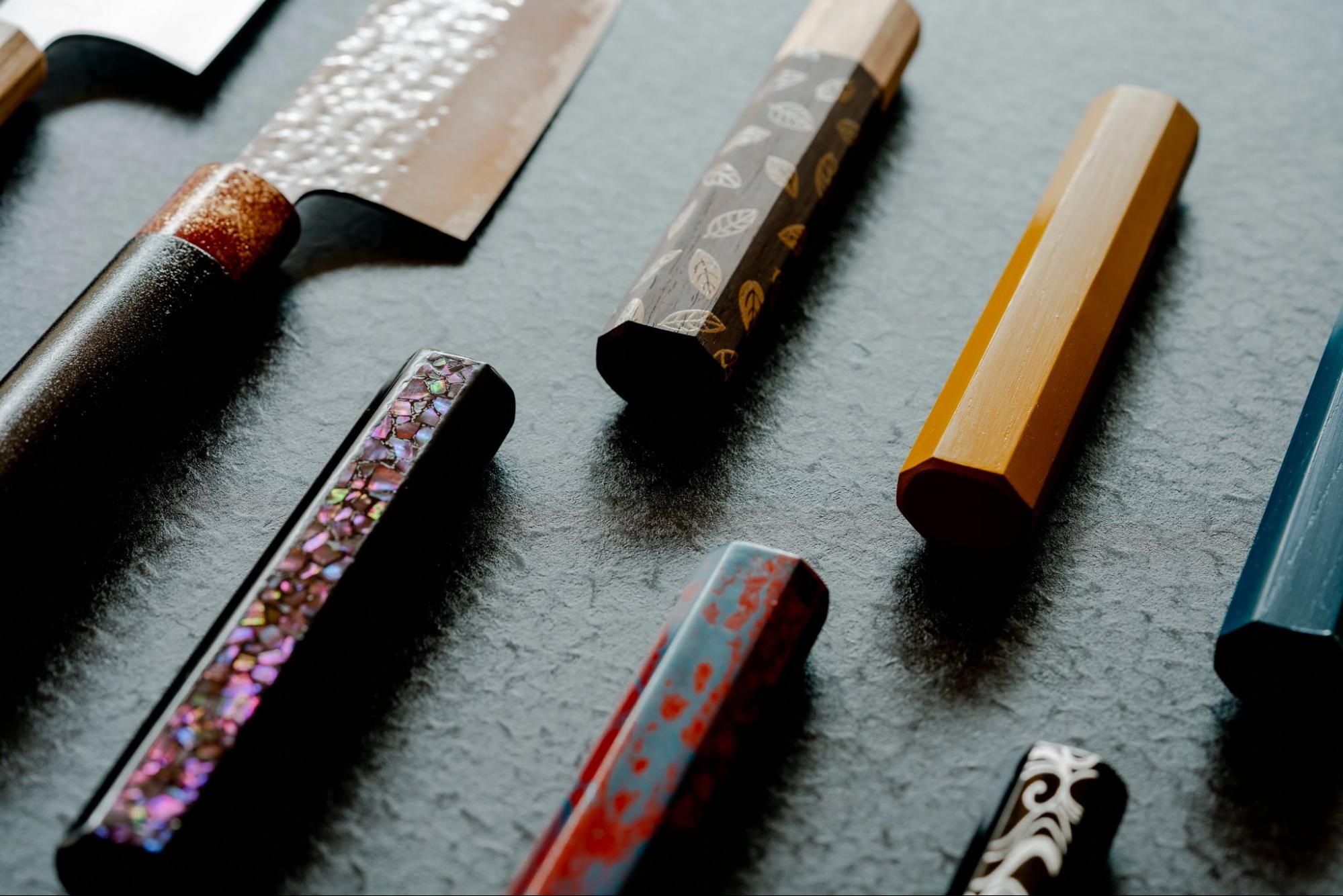
The next stop was “Etoe” (pattern and edges).This gallery and store was opened in September 2020 by Yamaken Wood Works, the only manufacturer in the prefecture specializing in “kitchen knife handles”.
Here, you will find one-of-a-kind kitchen knives, accessories, and other small items that are decorated with “maki-e”, a traditional technique used to decorate Echizen lacquerware, on the “handles” of kitchen knives made by the Yamakken Woodworks.
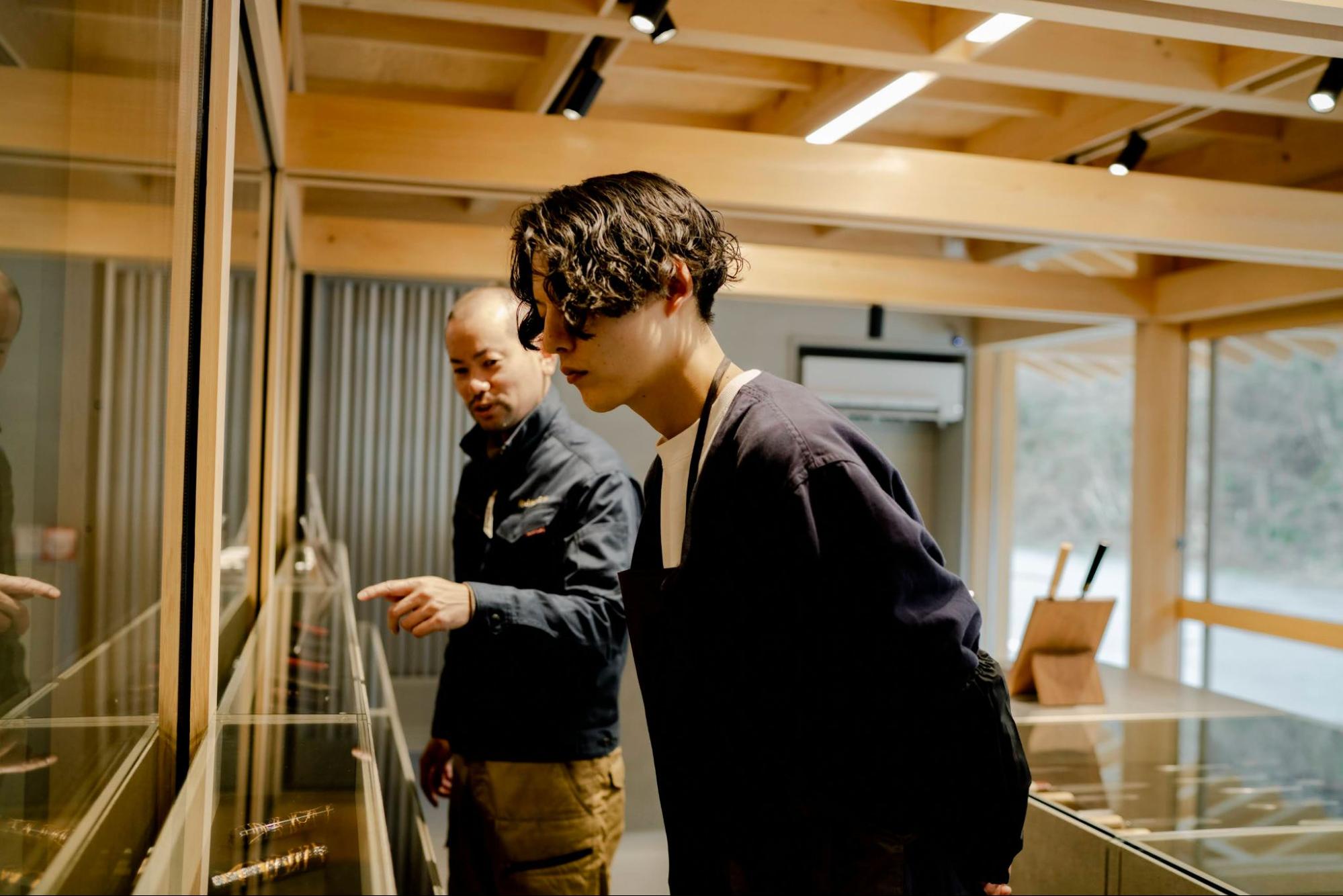
Takuya Yamamoto, the fourth generation owner of Yamaken Woodworks, will show us around the gallery.The collaboration of two crafts, Echizen hammered blades and Echizen lacquerware, is something that did not seem possible until now.Kyohei was also fascinated by the colorful and well-designed patterns, which were a fusion of traditional crafts techniques.
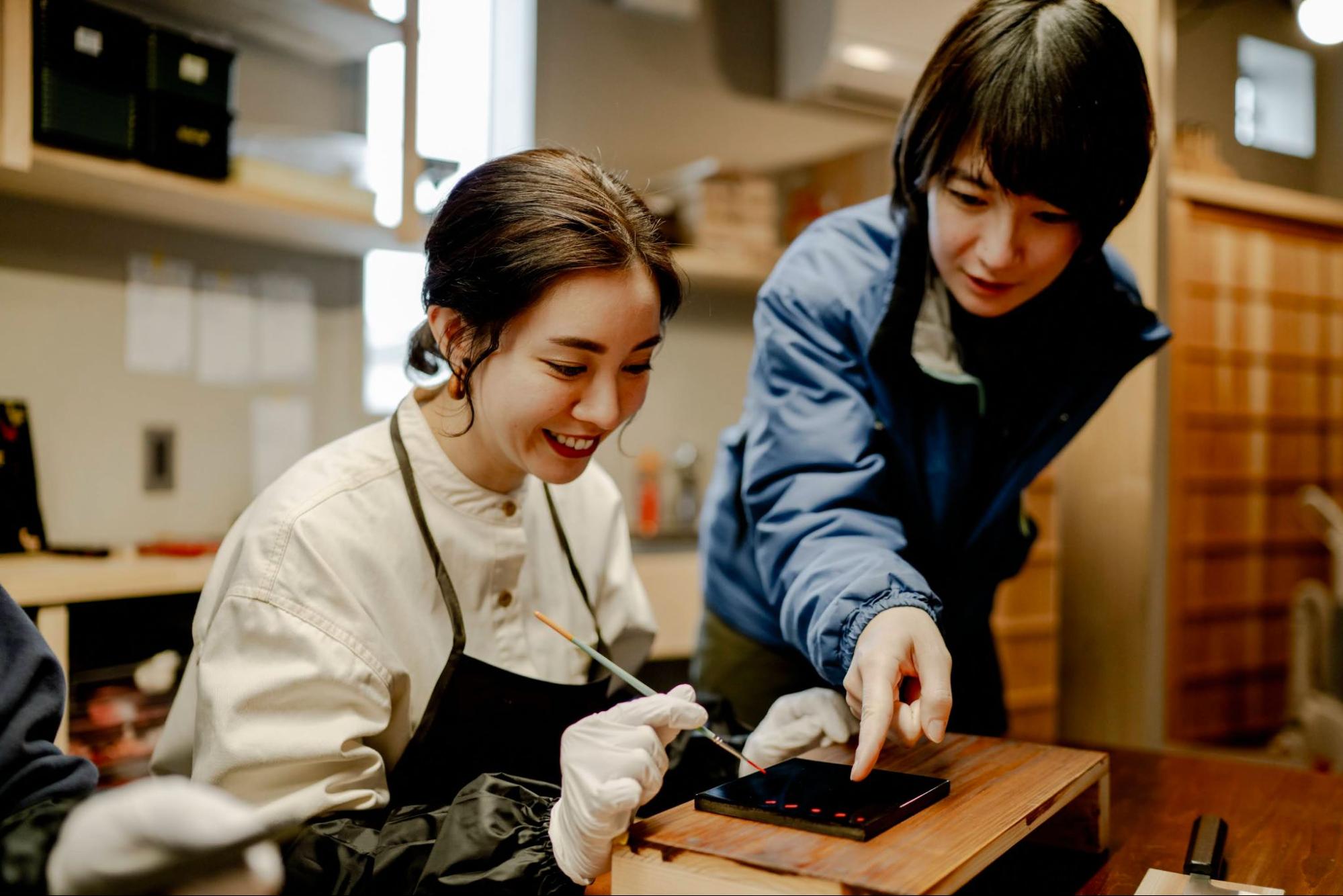
Here, the handle of a kitchen knife is painted with lacquer. The instructor is Yuma Yamamoto, a maki-e lacquer painter. The instructor is Yuma Yamamoto, a maki-e lacquer painter.She studied lacquer art at university, and after graduation, she trained under a maki-e lacquerware master in the Kawada district of Sabae City, Echizen Lacquerware production area.Upon her marriage, she joined the Yamakken Woodworks, where she has been creating various patterns using maki-e techniques.
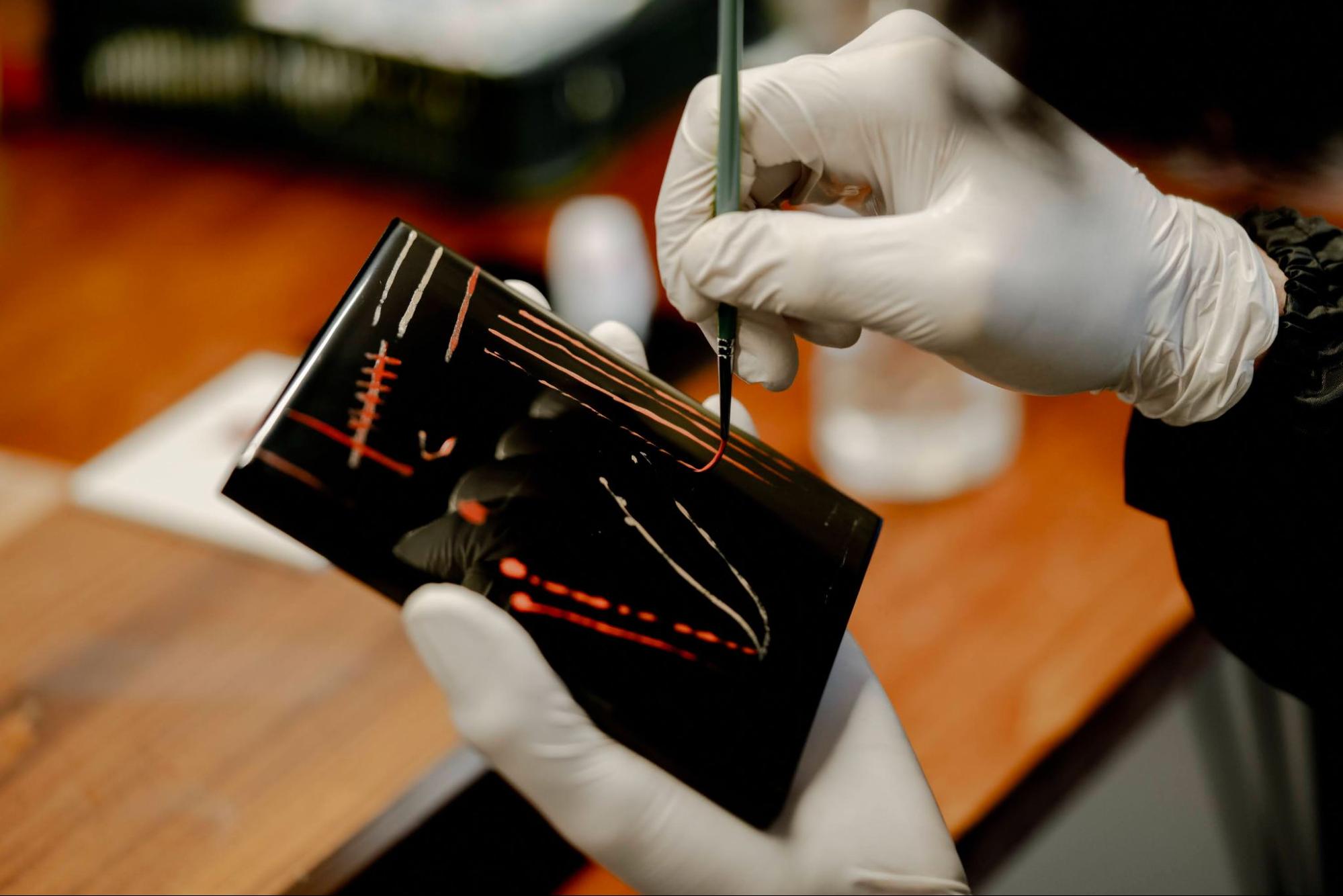
It is also a fun time to think about what pattern to design.
Before actually painting on the pattern, we will first practice drawing lines with a thin paintbrush.It looks easy, but with a little force, the lines can quickly become thick and blurry.When you actually try it, you will understand how difficult it is.
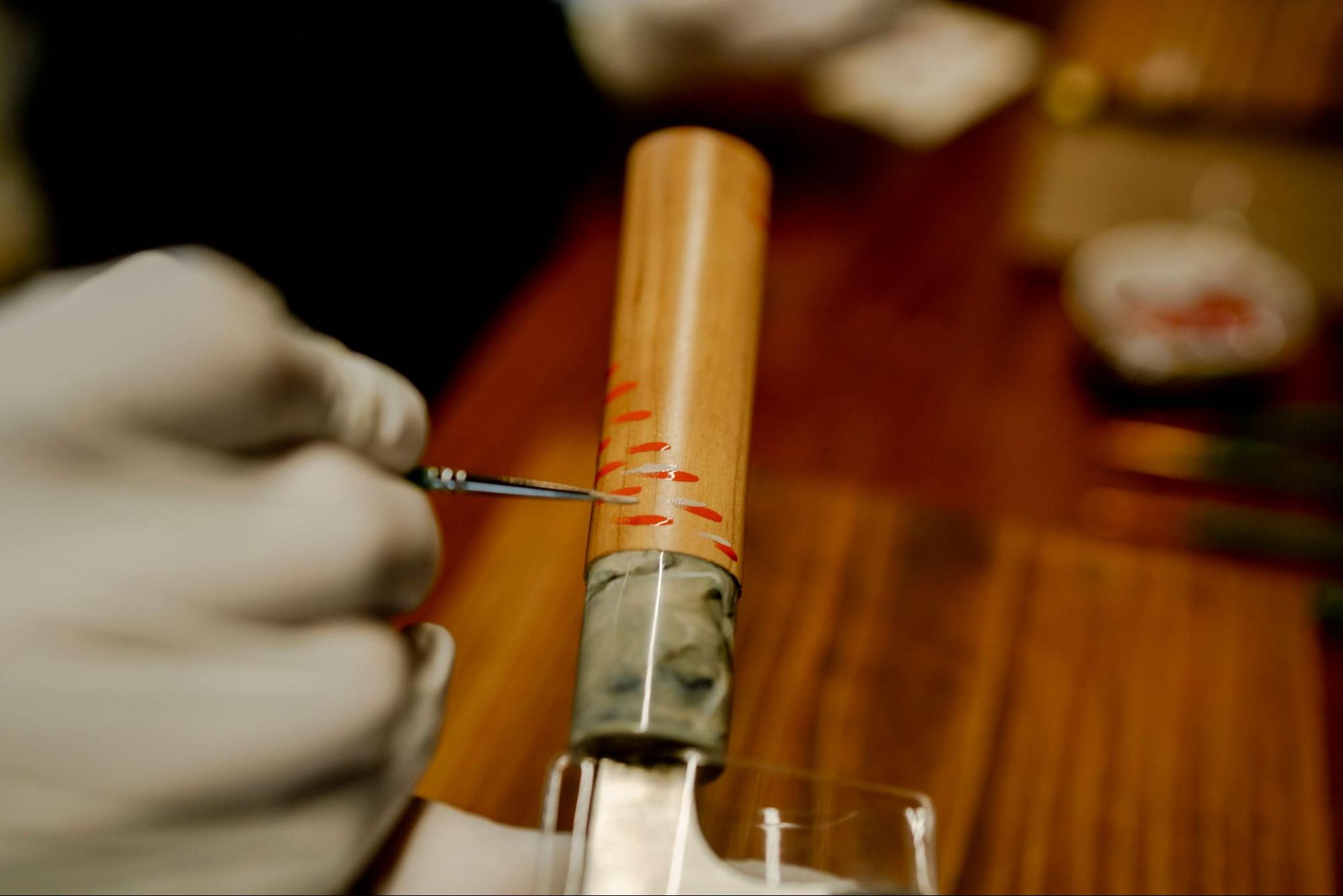
Kyohei used vermilion and white lacquer to create a vertical stripe-like pattern, while Arisa used her fingers to create a random polka dot pattern.While painting, visitors listen to Mr. Yamamoto talk about Echizen hammered blades and lacquer to deepen their understanding of the craft.
“It was the first time I knew that such amazing craftsmanship existed in our community,” said Arisa.Time passed quickly as we talked and talked.
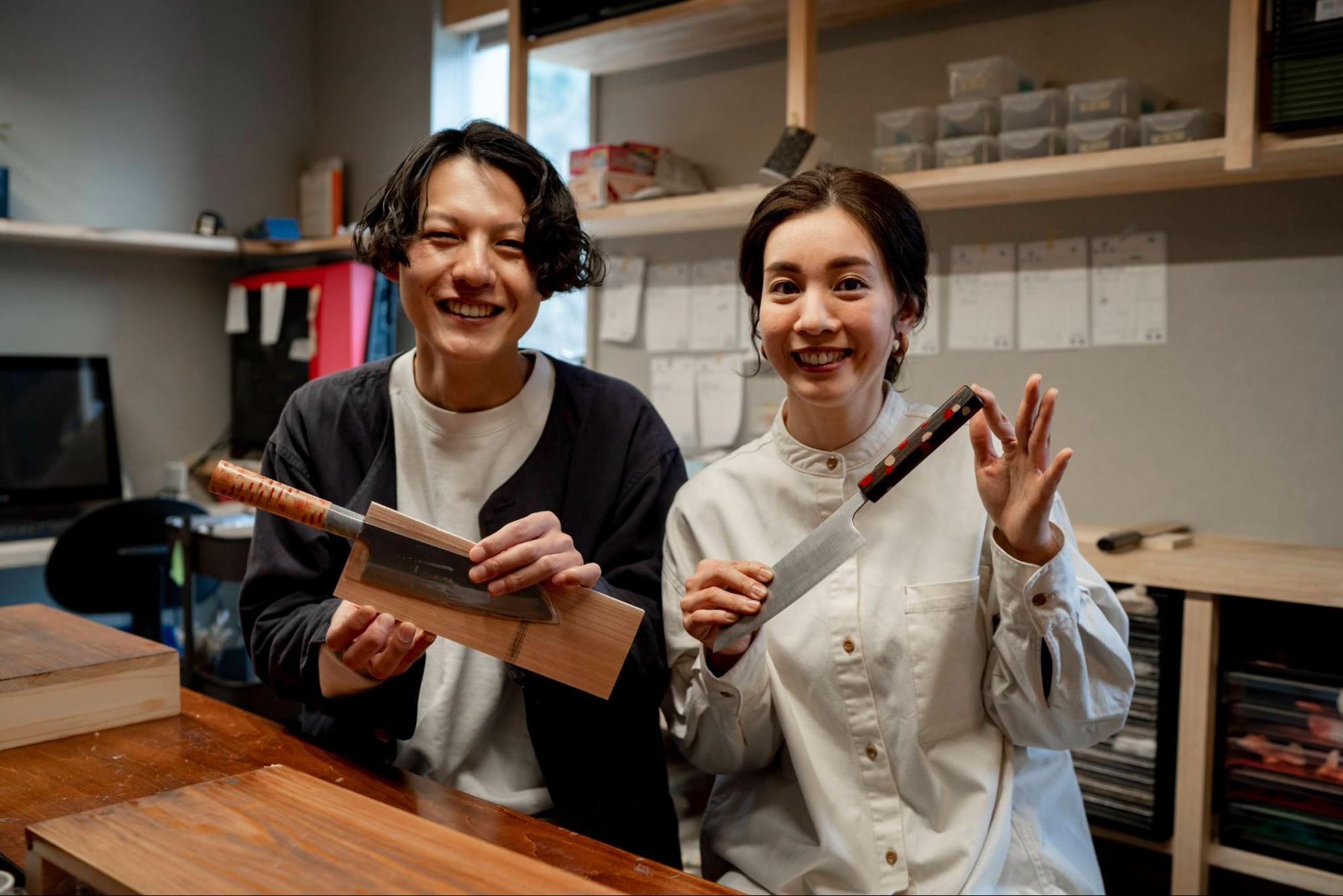
After inserting the blade that has just been sharpened at “Takefu Knife Village” into the handle, the one-of-a-kind kitchen knife is finally complete.The knives that they sharpened and painted themselves are loved all the more.Their individuality shines through.
“Now that I have my own knife, I think I'll start cooking,” Kyohei said.You may find that getting your own knife will lead to a new hobby of cooking.
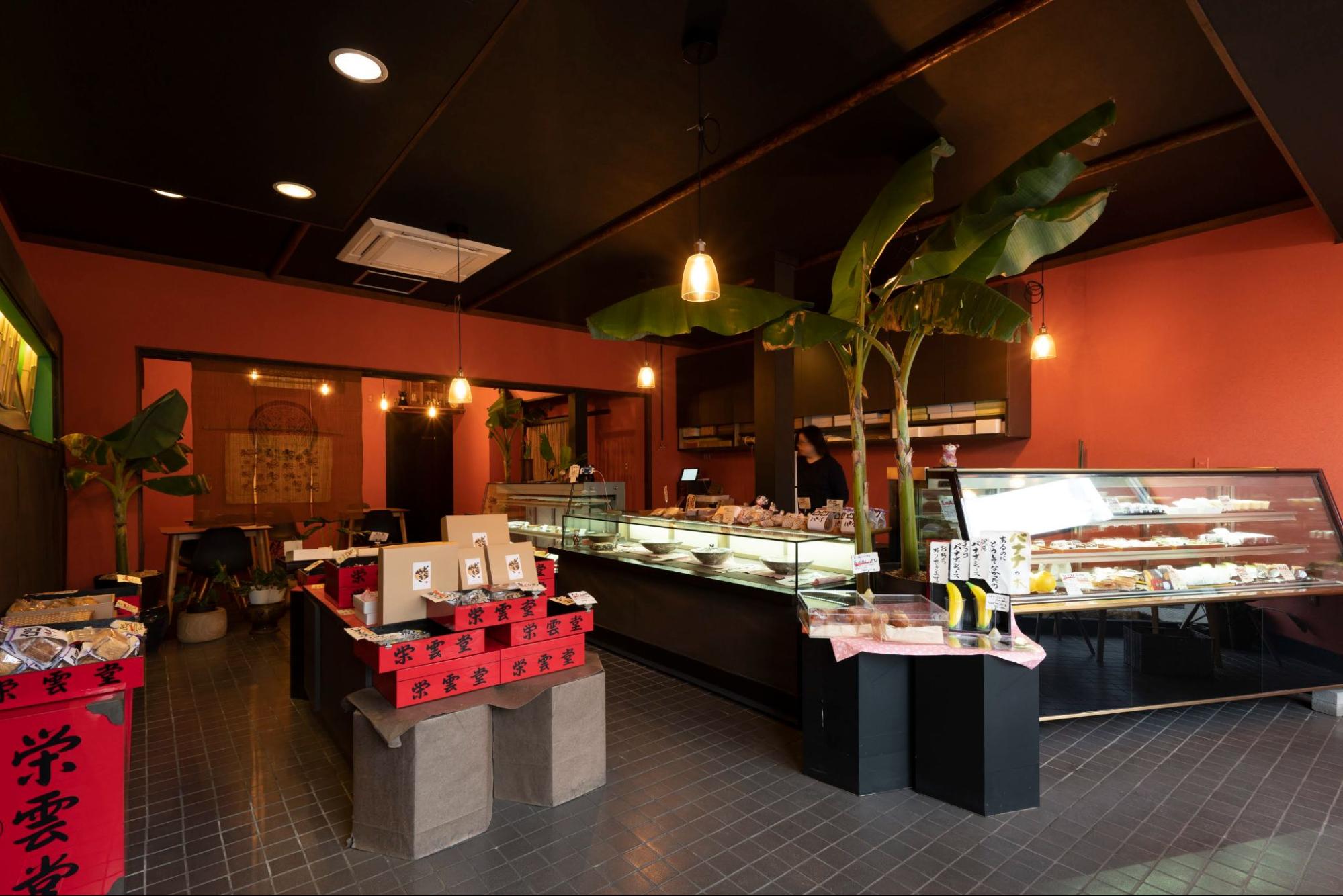
They enjoyed making their own knives.The last place I came to for a break was the Eiundo.In fact, Echizen City has many long-established Japanese confectionery stores.“Eiundo” also has a long history, having been established in 1897.The store offers nearly 30 to 50 varieties of confections, from standard Japanese sweets such as sakura mochi, kuri kinton (chestnut kinton), and choko yokan (sweet bean curd) to Western sweets using seasonal fruits.You can also enjoy eating in at the store.
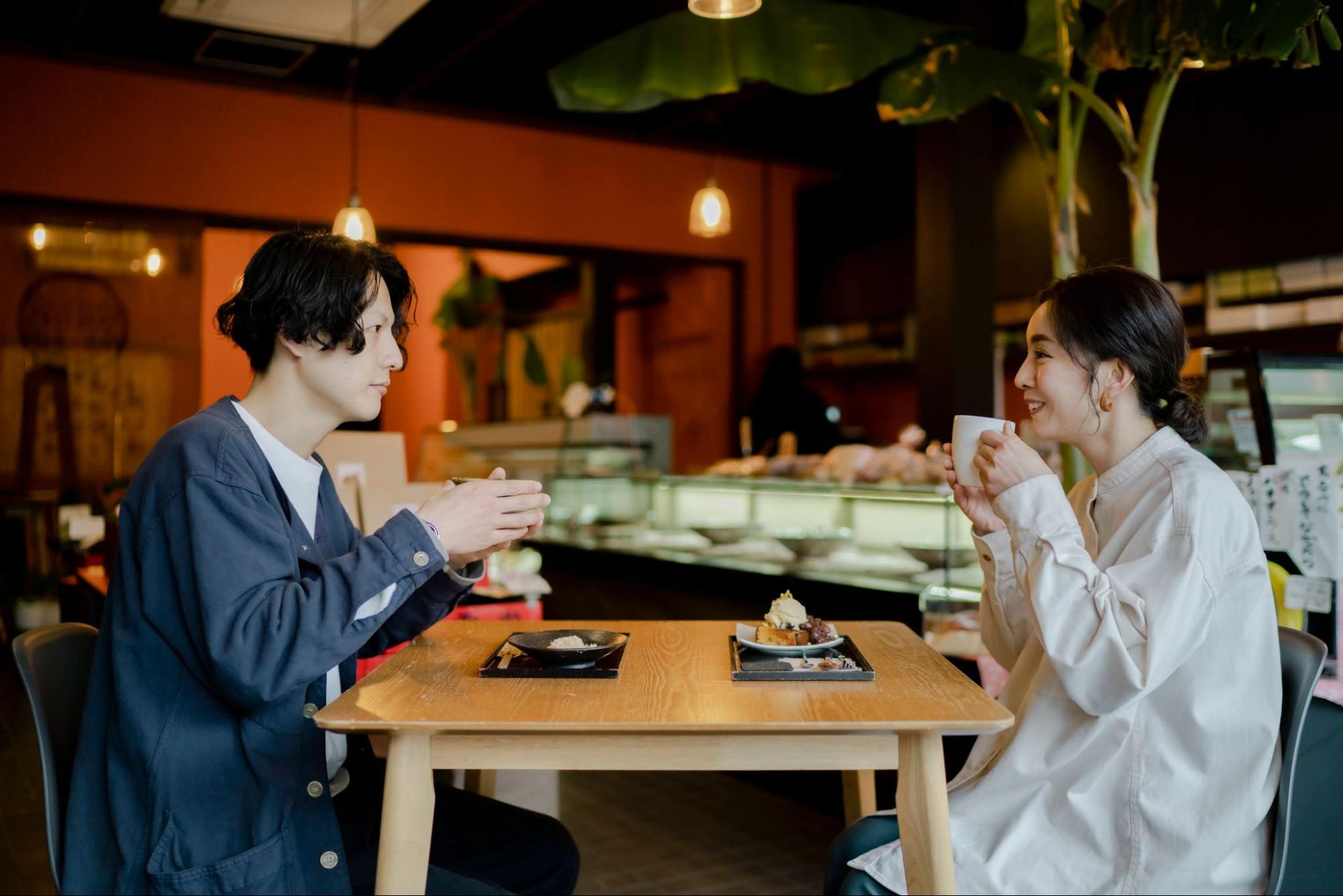
Kyohei relaxes with matcha green tea and Arisa with coffee.
They look back on the day and talk about the time spent with the craftsmen.They also talked about their next trip, saying, “What traditional crafts should we try next time?”
Both Kyohei and Arisa were completely drawn in by the charm of traditional crafts.